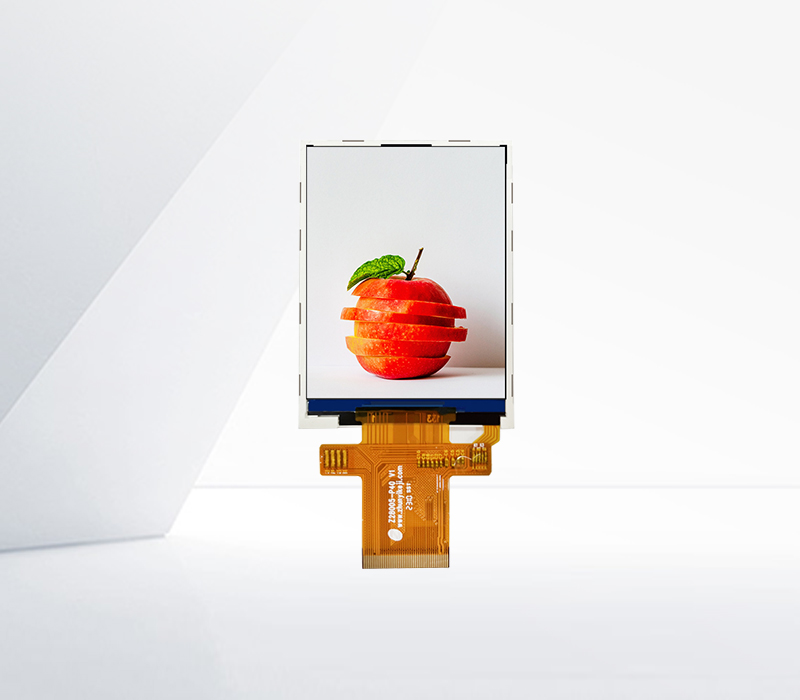




In an era where electronic devices are omnipresent, touch panels have emerged as a primary means of user interaction. From smartphones and tablets to industrial control systems, touch panels simplify human - machine interfaces. However, as the density of electronic components in devices increases, so does the potential for electromagnetic interference (EMI). Electromagnetic compatibility (EMC) of touch panels is crucial to ensure their reliable operation, preventing malfunctions that could disrupt user experiences or even compromise the functionality of entire systems.
EMI can stem from various sources, both internal and external to the device housing the touch panel. Internal sources include other electronic components such as microprocessors, power supplies, and wireless modules. For instance, the high - frequency switching operations of power supplies can generate electromagnetic noise, which may interfere with the touch panel's signals. External sources, on the other hand, can range from radio - frequency transmitters, Wi - Fi routers, to even nearby electrical appliances. When a touch panel is not designed with proper EMC in mind, it may misinterpret touch inputs, experience ghost touches, or exhibit erratic behavior.
To address these challenges, manufacturers employ several strategies. Shielding is one of the most common techniques. By enclosing the touch panel in a conductive shield, electromagnetic radiation can be blocked or redirected, preventing it from interfering with the touch panel's signals. Metal - framed touch panels are often used in industrial applications where exposure to high - levels of EMI is more likely. Additionally, filtering circuits are integrated into the touch panel's design. These circuits are designed to remove unwanted frequencies from the touch panel's input and output signals, ensuring that only the relevant signals are processed.
Another approach is to optimize the layout of the touch panel's circuitry. By carefully arranging the traces and components, the chances of electromagnetic coupling can be minimized. For example, separating high - speed and low - speed signals, and keeping power lines away from signal lines can significantly reduce the risk of interference. software algorithms can be implemented to detect and compensate for any interference that may still occur. These algorithms can analyze the touch panel's signals in real - time and adjust the response accordingly.
In conclusion, the electromagnetic compatibility of touch panels is of utmost importance in today's highly connected and electronically - dense world. Through a combination of hardware and software solutions, manufacturers can ensure that touch panels operate smoothly and reliably, even in the presence of significant electromagnetic interference. As technology continues to advance and the demand for more sophisticated touch - enabled devices grows, EMC design will remain a critical aspect of touch panel development.
